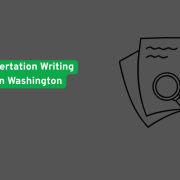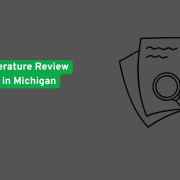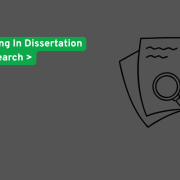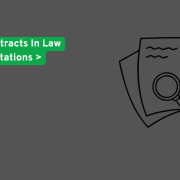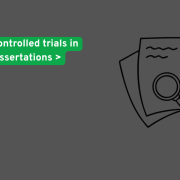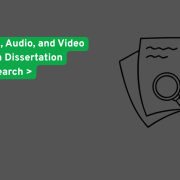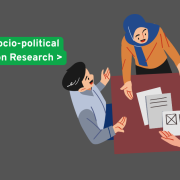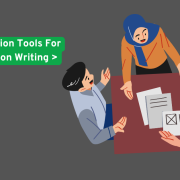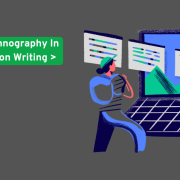In an era where billions of people spend significant portions of their lives online, traditional research methods are evolving to meet the demands of our digital age. From vibrant Reddit communities discussing everything from mental health to cryptocurrency, to TikTok creators shaping cultural movements, digital spaces have become rich repositories of human behavior, culture, and social interaction. This digital transformation has given rise to a powerful research methodology: digital ethnography in dissertations.
Digital ethnography, also known as netnography or virtual ethnography, represents a natural evolution of traditional anthropological methods adapted for online environments. For graduate students and researchers, incorporating digital ethnography into dissertation work offers unprecedented access to authentic, real-time human interactions and cultural phenomena that would be impossible to capture through conventional research methods.
This comprehensive guide explores how students can effectively integrate digital ethnography into their dissertation research, from selecting appropriate topics to navigating complex ethical considerations while maintaining academic rigor.
Understanding Digital Ethnography?
The Evolution from Traditional to Digital Spaces
Traditional ethnography, rooted in anthropological research, involves the systematic study of people and cultures through direct observation and participation in their daily lives. Researchers would spend months or years immersed in communities, documenting behaviors, rituals, and social structures. This method revolutionized our understanding of human societies and cultures.
Digital ethnography extends these principles into online environments, recognizing that digital spaces are not merely tools for communication but genuine communities where authentic cultural practices emerge and evolve. As our social lives increasingly migrate to digital platforms, researchers have adapted ethnographic methods to study these virtual communities with the same depth and rigor as traditional fieldwork.
Key Features of Digital Ethnography
Participant Observation in Digital Spaces: Researchers immerse themselves in online communities, observing interactions, participating in discussions, and documenting cultural norms and practices as they unfold naturally.
Online Culture Analysis: This involves examining how digital communities develop their own languages, rituals, hierarchies, and shared meanings. For example, studying how Reddit communities create and enforce unwritten rules, or how Discord servers develop unique communication patterns.
Multi-Modal Data Collection: Digital ethnography encompasses text, images, videos, audio, and interactive elements, providing a rich tapestry of data that reflects the complexity of online communication.
Common Platforms for Digital Ethnographic Research
Digital ethnography can be conducted across various platforms, each offering unique insights into different aspects of human behavior:
- Reddit: Ideal for studying community formation, knowledge sharing, and subculture development
- Facebook Groups: Perfect for examining support networks, local communities, and information dissemination
- TikTok: Valuable for understanding viral culture, creative expression, and generational communication patterns
- Discord: Excellent for studying real-time community interaction and gaming cultures
- Twitter/X: Useful for analyzing public discourse, activism, and information flows
- Gaming Forums and Platforms: Essential for understanding virtual world cultures and player communities
- Professional Networks like LinkedIn: Valuable for studying workplace cultures and professional identity construction
Why Use Digital Ethnography in Your Dissertation?
The Growing Relevance of Digital Spaces
Modern human behavior is increasingly shaped by digital interactions. From how we form relationships to how we consume news, learn new skills, and express our identities, digital platforms play a central role in contemporary social life. Qualitative research online through digital ethnography allows researchers to study these phenomena where they naturally occur, providing insights that traditional methods might miss.
Rich, Authentic, Real-Time Data
Unlike surveys or interviews that rely on participants’ recollections or self-reported behaviors, digital ethnography captures authentic interactions as they happen. Researchers can observe how communities respond to events in real-time, how misinformation spreads, how support networks form, or how cultural movements emerge and evolve.
Accessibility and Practicality
For students working with limited budgets or time constraints, digital research methods for students offer significant advantages. There’s no need for travel, accommodation, or extensive fieldwork preparation. Researchers can access global communities from their own location, making international or cross-cultural studies more feasible.
Multidisciplinary Applicability
Digital ethnography isn’t confined to anthropology or sociology. It’s equally valuable for:
- Communication Studies: Analyzing how digital platforms shape public discourse
- Education: Understanding online learning communities and digital literacy
- Public Health: Studying health information sharing and support group dynamics
- Business: Examining consumer behavior and brand community formation
- Psychology: Investigating online identity formation and digital well-being
- Political Science: Analyzing digital activism and political engagement
Choosing a Dissertation Topic That Fits Digital Ethnography
Identifying Suitable Research Questions
The best digital ethnography topics emerge from genuine curiosity about online phenomena that have real-world implications. Consider these examples:
Misinformation and Community Dynamics: “How do Facebook groups create and maintain echo chambers around health misinformation?” This topic allows researchers to examine not just the content of misinformation, but the social processes that make it persist and spread.
Digital Identity and Activism: “How do Twitter activists construct and maintain their digital personas while advocating for social justice?” This research could explore the intersection of personal identity, political engagement, and digital performance.
Meme Culture and Political Discourse: “How does Reddit’s political meme culture influence users’ political understanding and engagement?” This topic combines internet culture studies with political communication research.
Online Support Communities: “How do Discord servers create safe spaces for mental health support among young adults?” This research could examine community building, peer support mechanisms, and digital wellness practices.
Tips for Scoping Your Research
Start with Genuine Interest: Choose a digital community or phenomenon you’re genuinely curious about. Your enthusiasm will sustain you through the lengthy observation periods required for ethnographic work.
Consider Accessibility: Ensure you can gain appropriate access to your chosen community. Some platforms require membership approval or have specific participation requirements.
Think About Boundaries: Digital spaces can be vast and interconnected. Clearly define what you will and won’t include in your study to maintain focus and feasibility.
Assess Ethical Implications Early: Some topics or communities may present complex ethical challenges. Consider these during topic selection rather than after you’ve begun research.
Methodological Considerations for Digital Ethnography in Dissertation Writing
Defining Your Research Site
Unlike traditional ethnography, which often involves geographically bounded communities, digital ethnography requires careful consideration of what constitutes your “field site.” This might be:
- A specific subreddit or Facebook group
- Users who engage with particular hashtags across platforms
- A gaming community across multiple platforms and tools
- A network of interconnected Discord servers
Participant Observation vs. Passive Lurking
Active Participation: Some research questions require active engagement with the community. This might involve posting questions, sharing experiences, or contributing to discussions. Active participation can provide deeper insights but raises additional ethical considerations.
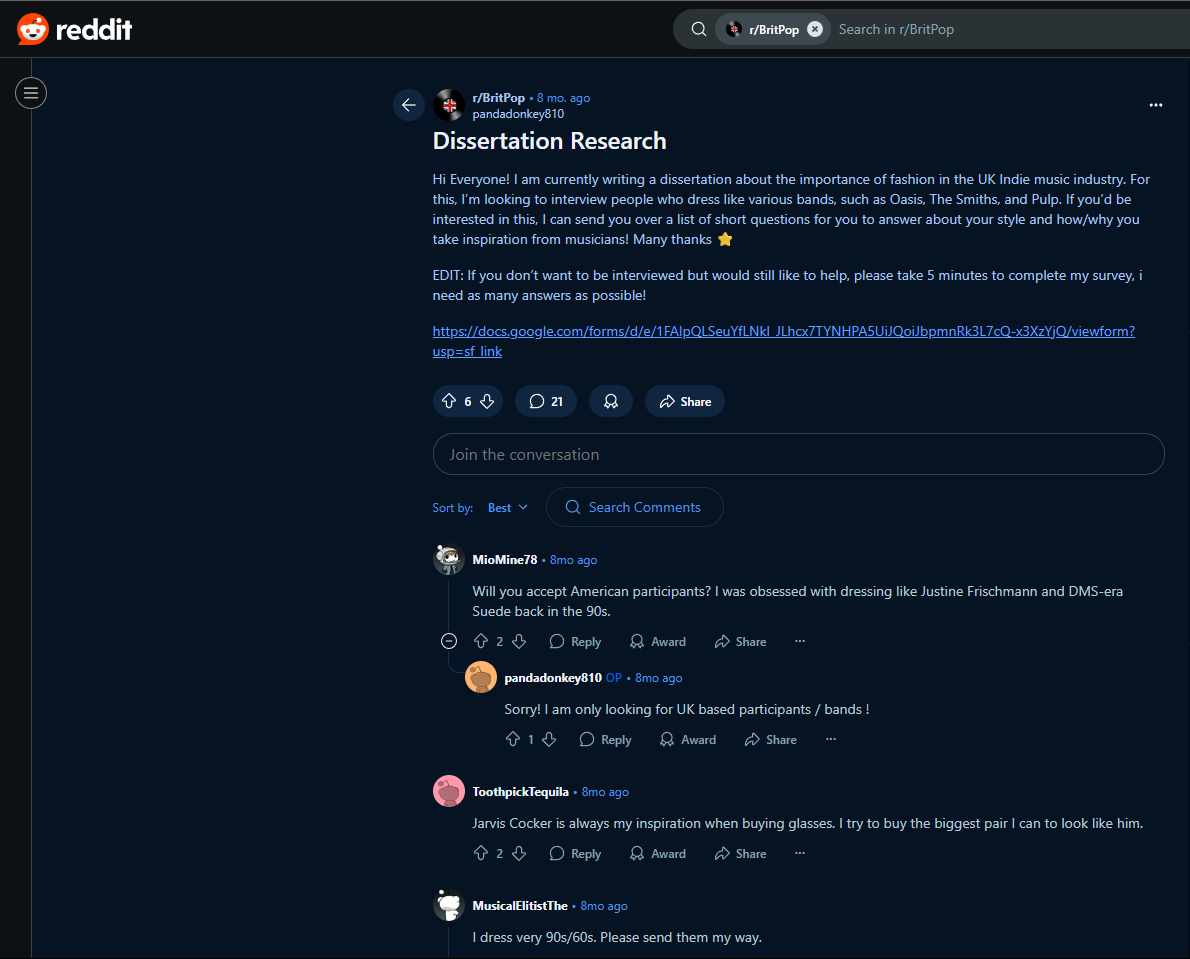
Passive Observation: Often called “lurking,” this involves observing without actively participating. While this may seem less intrusive, it still requires ethical consideration and may provide limited insights into community dynamics.
Hybrid Approaches: Many researchers combine both methods, beginning with passive observation to understand community norms before gradually increasing participation.
Tools and Techniques for Data Collection
Field Notes: Maintain detailed records of your observations, including not just what happens but your reactions and interpretations. Digital field notes might include timestamps, links to specific posts, and contextual information.
Screenshots and Archives: Capture relevant content, but be mindful of privacy and consent issues. Consider using tools that automatically archive content while anonymizing user information.
Content Analysis Tools: Platforms like Brandwatch, Hootsuite Insights, or academic tools can help track conversations and identify patterns across large datasets.
Interaction Logs: Keep detailed records of your own interactions within the community, including responses to your participation and how your presence might influence community dynamics.
Establishing a Data Collection Timeline
Digital communities operate on different rhythms than physical communities. Some are active 24/7, while others have peak activity periods. Consider:
- Duration: How long do you need to observe to understand community patterns?
- Frequency: Will you observe daily, weekly, or during specific events?
- Seasonal Variations: Do community dynamics change during holidays, news events, or platform updates?
Ethical and Practical Challenges in Digital Ethnography
Navigating Privacy in Digital Spaces
The question of what constitutes “public” versus “private” in digital spaces is complex and evolving. Online ethnographic methods must carefully consider:
Platform Policies: Each platform has different privacy settings and community expectations. What’s publicly viewable may not be intended for research use.
User Expectations: Even in public forums, users may not expect their posts to be analyzed for academic research. Consider the difference between casual browsing and systematic research analysis.
Sensitive Topics: Communities discussing health issues, trauma, or other sensitive topics require extra care, regardless of their public accessibility.
Consent and Anonymization Strategies
Informed Consent: Traditional ethnography often involves explicit consent from participants. In digital spaces, this becomes more complex. Consider:
- Whether to seek permission from community moderators
- How to inform community members about your research
- Whether individual consent is necessary for public posts
Anonymization Techniques: Protecting participant privacy requires more than just removing names:
- Paraphrase rather than quote directly when possible
- Remove identifying details from screenshots
- Consider whether the community itself could be identified from your description
Working with Institutional Review Boards (IRBs)
Many IRBs are still developing guidelines for digital ethnography. Netnography in academic research often requires educating ethics committees about digital methods:
Prepare Detailed Protocols: Clearly explain your methods, data collection procedures, and privacy protections.
Address Platform-Specific Concerns: Different platforms present different ethical challenges. Be prepared to discuss these specifically.
Plan for Contingencies: Digital communities can change rapidly. Have plans for how you’ll handle unexpected situations or platform changes.
Responsible Research Conduct Online
Respect Community Norms: Spend time understanding unwritten rules and expectations before beginning formal data collection.
Minimize Disruption: Your presence shouldn’t significantly alter community dynamics or discussions.
Give Back: Consider how your research might benefit the communities you study. Could you share findings in ways that are useful to community members?
Analyzing and Presenting Digital Ethnographic Data
Qualitative Analysis Methods for Digital Data
Thematic Analysis: Identify patterns and themes across your digital observations. This might involve coding posts, comments, and interactions to understand recurring topics, concerns, or cultural practices.
Discourse Analysis: Examine how language is used within the community. How do members construct meaning through their digital communications? What linguistic patterns emerge?
Grounded Theory: Allow theories to emerge from your data rather than imposing predetermined frameworks. This is particularly valuable in digital spaces where new cultural phenomena are constantly emerging.
Integrating Multiple Data Types
Digital ethnography often involves analyzing text, images, videos, and interaction patterns simultaneously. Consider how these different data types work together to create meaning within the community.
Multimodal Analysis: Examine how memes, GIFs, emojis, and other visual elements contribute to community communication and culture.
Network Analysis: Consider mapping relationships and influence patterns within the community.
Tools for Digital Ethnographic Analysis
Qualitative Data Analysis Software: Tools like NVivo, ATLAS.ti, and Dedoose can help manage large datasets and identify patterns across different types of digital content.
Platform-Specific Tools: Some platforms offer analytics tools that can provide insights into community engagement patterns and content performance.
Custom Solutions: Depending on your research questions, you might need to develop custom tools for data collection and analysis.
Presenting Findings Authentically
Maintaining Voice: Find ways to present community perspectives authentically while protecting privacy. This might involve composite characters or carefully anonymized representative quotes.
Visual Representation: Consider how to represent digital culture visually in your dissertation. This might include anonymized screenshots, network diagrams, or other visual aids.
Reflexivity: Be transparent about your role as a researcher and how your presence might have influenced community dynamics.
Examples of Digital Ethnography in Dissertation Research
Case Study 1: Mental Health Support on Reddit
A recent dissertation examined how Reddit’s mental health communities create peer support networks. The researcher spent eight months observing and participating in several mental health subreddits, documenting how community members provide mutual support, share resources, and create safe spaces for discussing sensitive topics. The study revealed sophisticated community-developed strategies for crisis intervention and peer support that differed significantly from professional mental health approaches.
Case Study 2: Gaming Culture and Identity
Another researcher studied identity construction in online gaming communities, focusing on how players across different platforms develop and maintain their digital personas. By participating in gaming communities across Discord, Twitch, and game-specific forums, the researcher documented how players navigate complex social hierarchies and express aspects of their identity that might be suppressed in offline contexts.
These examples demonstrate how digital ethnography can reveal insights that would be difficult or impossible to capture through traditional research methods.
Practical Tips for Student Researchers
Getting Started with Digital Ethnography
Begin with Familiar Territory: If you’re already active in certain online communities, consider whether they might be appropriate for research. Your existing understanding of community norms and dynamics can be valuable.
Start Small: Begin with a focused community or specific aspect of online culture rather than trying to study entire platforms or broad phenomena.
Develop Digital Literacy: Ensure you understand the technical aspects of your chosen platforms, including privacy settings, content creation tools, and community features.
Maintaining Research Quality
Keep Detailed Records: Digital interactions can be ephemeral. Maintain comprehensive records of your observations, including context that might not be immediately obvious from saved content.
Practice Reflexivity: Regularly reflect on how your own background, assumptions, and presence might influence your research. Keep a reflexive journal throughout your research process.
Seek Feedback: Share your observations and emerging insights with advisors, peers, and potentially community members (where appropriate) to validate your interpretations.
Managing Challenges
Platform Changes: Digital platforms frequently update their features, policies, and algorithms. Build flexibility into your research design to accommodate these changes.
Community Evolution: Online communities can change rapidly. Be prepared to adapt your research focus if community dynamics shift significantly during your study period.
Ethical Dilemmas: You may encounter unexpected ethical situations. Establish clear protocols for handling these situations and maintain open communication with your research supervisors.
Building Relationships with Supervisors
Educate Your Committee: Your dissertation committee may not be familiar with digital ethnography methods. Be prepared to explain and justify your methodological choices clearly.
Regular Check-ins: Digital ethnography can be isolating compared to traditional fieldwork. Maintain regular contact with your supervisors to discuss challenges and insights.
Documentation: Keep detailed records of your methodological decisions and their rationales. This will be valuable for defending your approach and contributing to methodological discussions in your field.
Conclusion: Embracing Digital Ethnography for Contemporary Research
Digital ethnography represents a natural evolution of traditional ethnographic methods, adapted for our increasingly digital world. For dissertation researchers, it offers unprecedented access to authentic human interactions and cultural phenomena that are shaping contemporary society. From understanding how online communities provide mental health support to examining how digital activism influences political engagement, digital ethnography opens new avenues for meaningful, impactful research.
The methodology’s flexibility makes it valuable across disciplines, while its accessibility makes it particularly attractive for students working with limited resources. However, this accessibility shouldn’t obscure the complexity of conducting ethical, rigorous research in digital spaces. The challenges of privacy, consent, and community respect require careful consideration and planning.
As digital spaces continue to evolve and expand their influence on human behavior, researchers who master digital ethnographic methods will be well-positioned to contribute valuable insights to their fields. The key is approaching digital communities with the same respect, rigor, and ethical consideration that characterizes the best traditional ethnographic work.
For students considering digital ethnography for their dissertation research, the advice is clear: start exploring. Identify online communities that align with your research interests, begin observing their dynamics, and consider how digital ethnographic methods might help you answer questions that traditional methods cannot. The digital world is vast and full of untold stories waiting for skilled researchers to discover and share them.
By embracing digital ethnography, you’re not just adopting a research method – you’re joining a community of scholars who are pioneering new ways to understand human culture and society in the digital age. Your dissertation could contribute to this growing body of knowledge while providing insights that make a real difference in understanding our interconnected, digital world.


